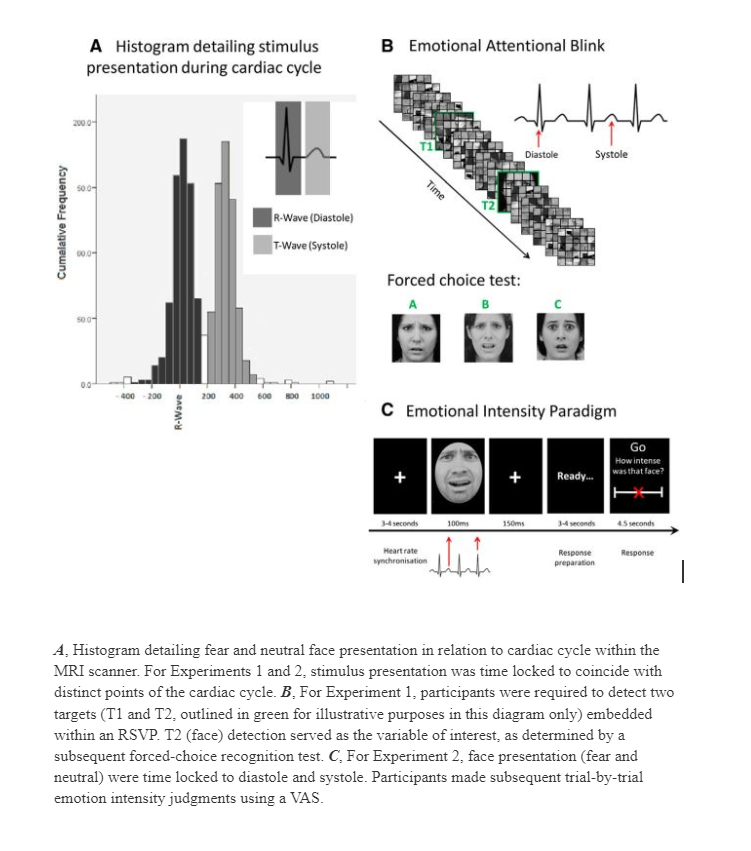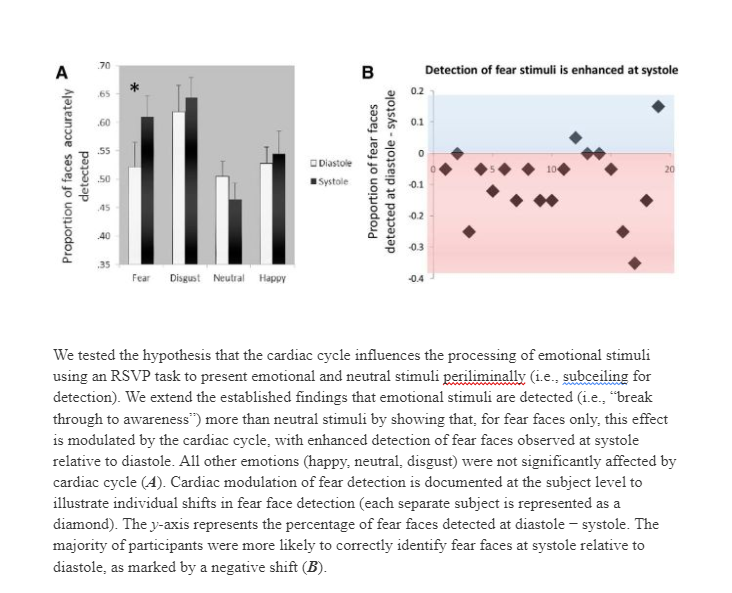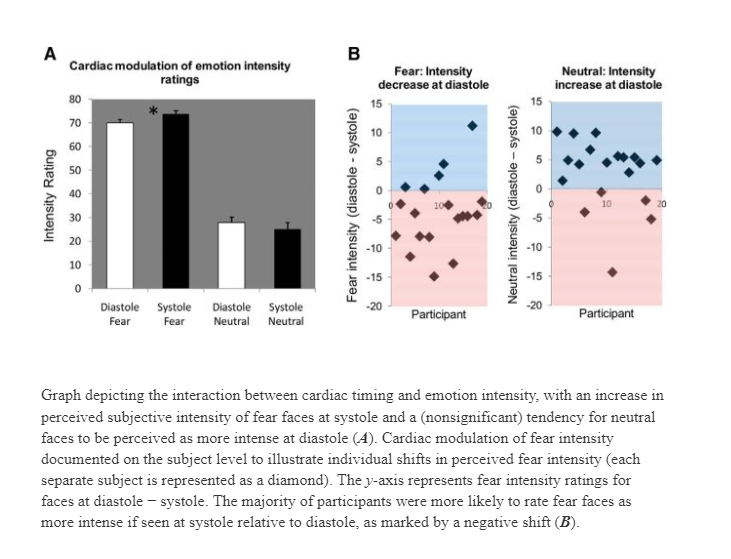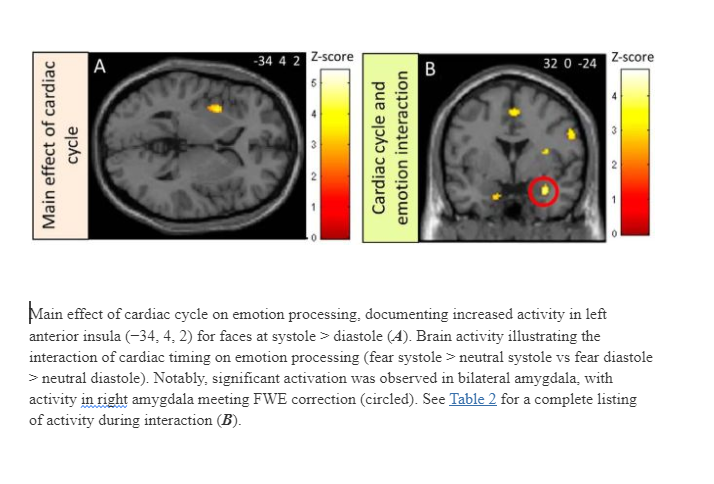SURAH AL IMRAAN (THE FAMILY OF IMRAAN): AYAT 151 (QURAN 3:151)

Fear/terror is a powerful and instinctual emotion that has helped humans navigate and survive in the face of threats. While we often associate fear with psychological reactions, its physiological impact, particularly on the heart, is a fascinating aspect of the human body’s intricate response to danger. We have always known about the changes in cardiac physiology in episodes of fear.
When we encounter a fearful stimulus, whether real or perceived, the brain’s amygdala plays a central role in processing and interpreting the threat. The amygdala activates the “fight or flight” response by sending signals to the hypothalamus, which in turn triggers the release of stress hormones like adrenaline and cortisol.
As these stress hormones surge through the bloodstream, they reach the heart and initiate a series of physiological changes. One of the most noticeable effects is the acceleration of heart rate, a crucial component of the body’s preparation for quick action. This increased heart rate is orchestrated by the autonomic nervous system, specifically the sympathetic branch, often referred to as the “fight or flight” system.
The heart rate elevation during fear serves a vital purpose: to pump oxygenated blood to the muscles and vital organs, enhancing physical performance. Simultaneously, blood vessels constrict in non-essential areas, directing more blood to critical regions like the brain and skeletal muscles. This redistribution of blood helps optimize the body for immediate, decisive action.
Beyond the sympathetic nervous system’s influence, the Vagus nerve, a key component of the parasympathetic nervous system, also plays a significant role in the heart’s response to fear. This nerve helps regulate the heart rate and promotes a “rest and digest” state. During fear, the vagus nerve activity is suppressed, contributing to the increased heart rate observed in moments of heightened anxiety.
Recent studies have shed new light and highlighted a different nuance in the poignant Brain-Heart Connection.
In work such as – Fear from the Heart: Sensitivity to Fear Stimuli Depends on Individual Heartbeats by Garfinkel et al – it has been observed that fearful faces were detected more easily and were rated as more intense at systole (period of contraction of the heart’s ventricles that occurs between the first and second heart sounds of the cardiac cycle) than at diastole (period of relaxation of the heart muscle, accompanied by the filling of the chambers with blood). Correspondingly, amygdala (almond-shaped structure inside the brain that is part of a larger network in your brain called the limbic system) responses were greater to fearful faces presented at systole relative to diastole.




These novel findings highlight a facilitation of fear processing at systole and this observation counters a broad assumption, based on previous studies, that the activation of arterial baroreceptors results in a general inhibition of sensory processing and cortical excitability (Lacey and Lacey, 1970 / Gahery and Vigier, 1974 / Koriath and Lindholm, 1986).
Simply put – in the domain of fear, subjective, behavioral, and neural responses are greater at systole and attenuated at diastole. The heart itself helps modulate and alter our response to fear and plays a much larger role than previously known!
The physiological link between fear/terror and the heart reveals the intricate dance of hormones, nerves, and organs in response to perceived threats – with the heart likely driving much more of the response than previously thought. “We will throw fear into the hearts of those who disbelieve“ – modern studies of the last decade have confirmed this. The Quran mentions this approximately 1400 years ago!
